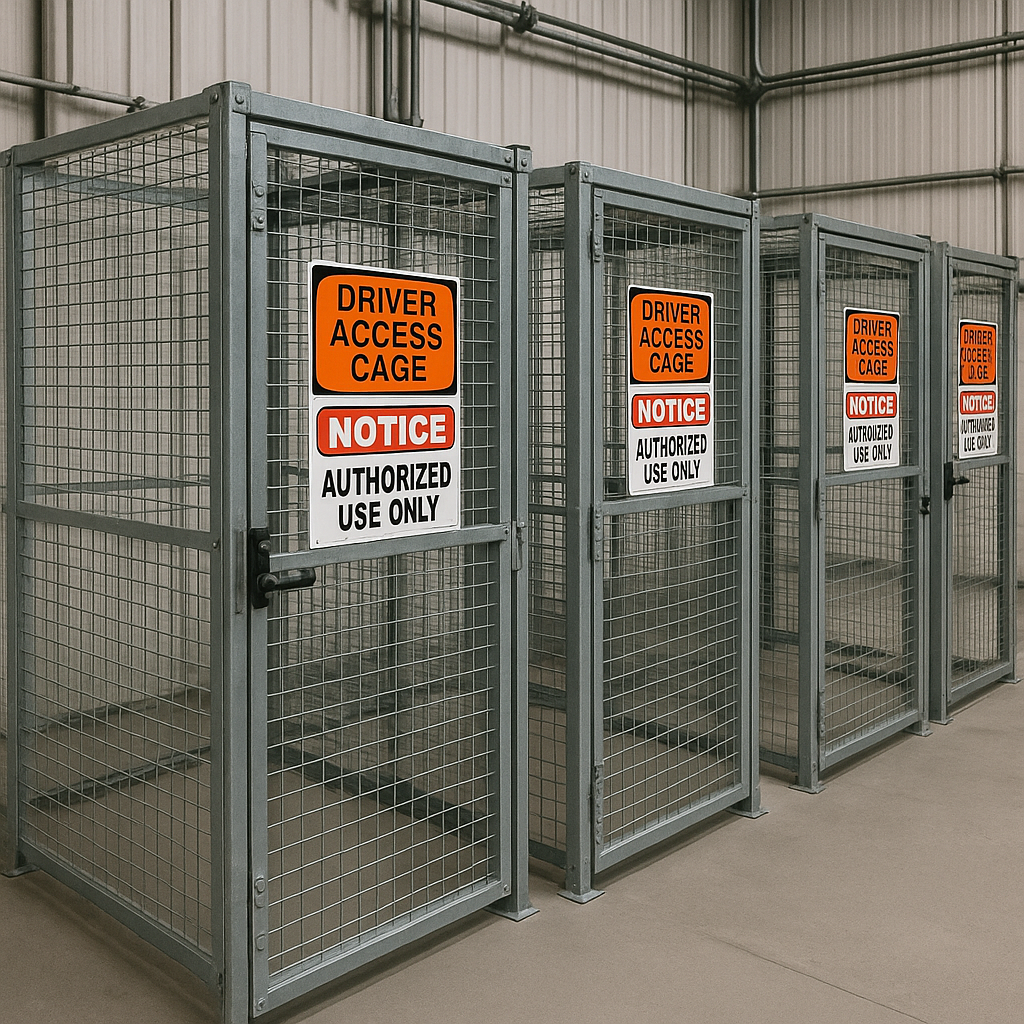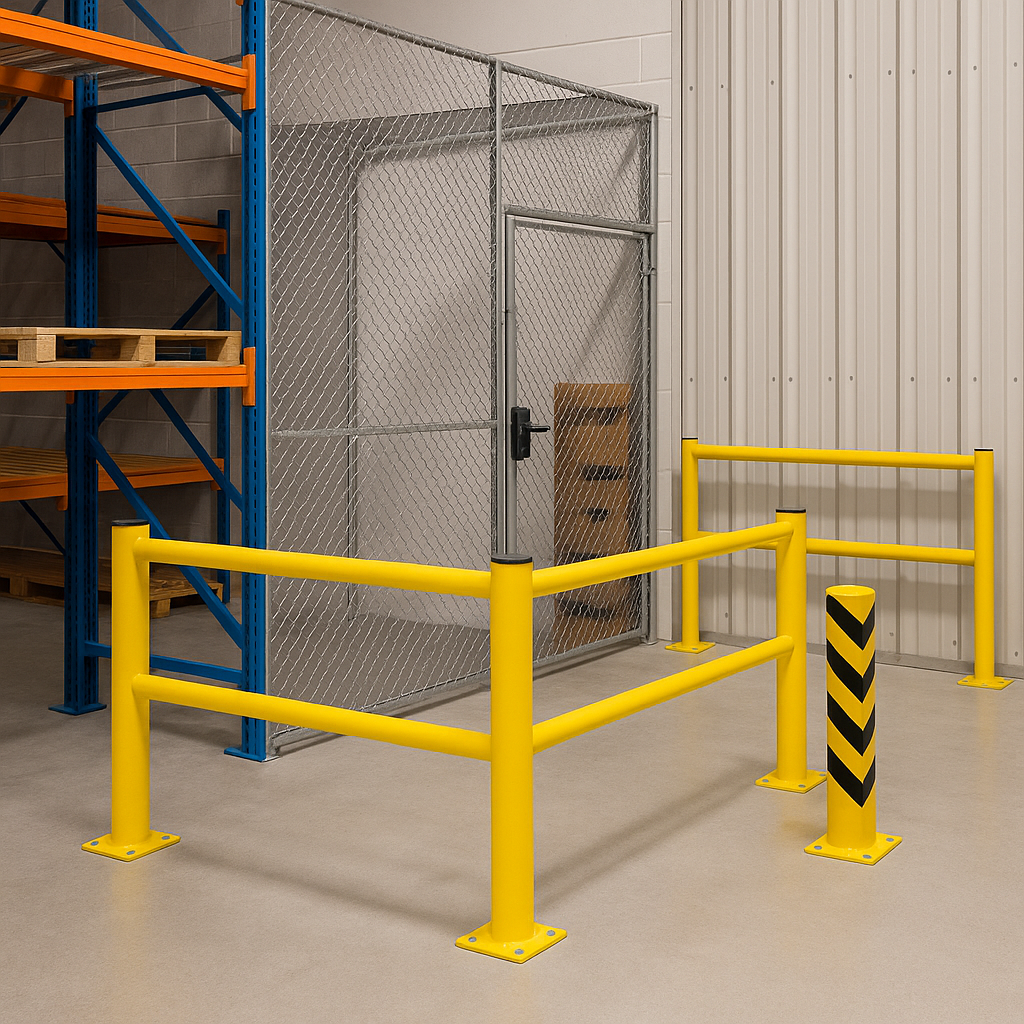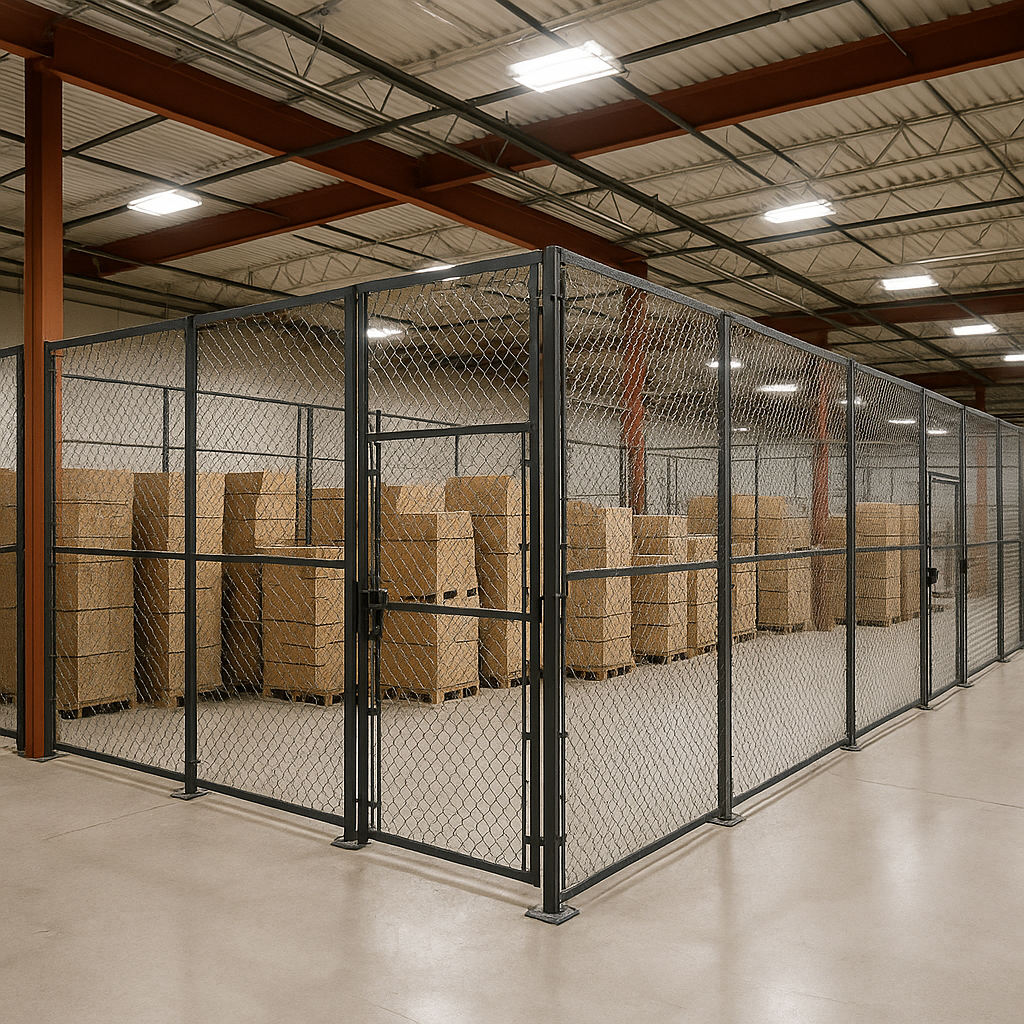In the world of warehousing and logistics, efficiency and safety go hand in hand. Your pallet racking system is the backbone of your storage operations—but if you’re not paying close attention to its rack capacity, you could be risking more than just a few bent beams. Overloading a racking system not only puts inventory at risk but can endanger your employees and disrupt operations.
In this post, we’ll break down what rack capacity means, how to calculate it, why it matters, and how you can avoid overloading your racking system. Plus, we’ll explain how WT Hight helps companies design and implement safe, customized racking solutions built to perform under pressure.
What Is Rack Capacity?
Rack capacity refers to the maximum load a pallet racking system can safely support. This includes the weight of the pallets, the goods stored on them, and any additional accessories or decking used. It’s important to understand that rack capacity applies to each beam level, as well as to the total structure across all levels.
Just because the rack looks sturdy doesn’t mean it’s invincible. Over time, exceeding rack capacity can cause structural stress, lead to pallet racking failure, and pose serious warehouse safety hazards.
How to Calculate Rack Capacity
To calculate rack capacity accurately, you need to consider several key factors:
1. Beam Capacity
This is the maximum load that the horizontal beams can support between two uprights. It depends on:
- Beam material and design
- Beam length (the longer the beam span, the lower the capacity)
- Number of pallets per level
- Whether the load is evenly distributed
Tip: Most manufacturers will provide detailed load charts based on beam length and profile. Never guess—always refer to official specs.
2. Upright Frame Capacity
This refers to the weight that each upright column can support vertically. It’s determined by:
- Upright height and depth
- Column design and gauge (thickness)
- The number of beam levels
- Spacing between beam levels
The shorter the vertical distance between beam levels, the more weight the upright can support due to increased structural stiffness.
3. Total Bay Capacity
This is the combined weight capacity of the entire bay (the space between two upright frames). It must not exceed the lower of the beam or upright capacity.
4. Anchoring and Floor Load Limits
Even if your rack components can handle the maximum load, your concrete floor may have a weight limit. Anchoring racking systems properly ensures stability and minimizes the risk of tipping or collapse.
Dangers of Overloading Your Racking System
Overloading is one of the most common causes of racking system failure. The risks include:
- Bent Beams or Frames: Even a slight overload can permanently warp steel components, reducing future strength.
- Rack Collapse: A sudden collapse can destroy inventory and cause serious injuries or fatalities.
- Forklift Accidents: An unstable rack may wobble or fall when a forklift interacts with it.
- Code Violations: Failing to comply with OSHA or building codes can lead to fines or shut-downs.
- Reduced Lifespan: Continuous overloading wears down your racks faster, increasing repair and replacement costs.
Best Practices to Avoid Overloading
Staying within safe rack capacity limits isn’t just a suggestion—it’s essential. Here are best practices to help you avoid overloading:
✅ Label Each Beam with Load Limits
Clearly mark maximum load limits at each beam level to remind warehouse staff during loading.
✅ Train Your Staff
Make sure your team understands how to distribute loads evenly and identify signs of wear or stress on racks.
✅ Use Quality Pallets
Damaged or weak pallets can shift under load and cause uneven weight distribution on beams.
✅ Perform Regular Inspections
Look for dents, rust, or any deformation in your racking. Even a small imperfection could signal a weakened structure.
✅ Match Pallet Types to Rack Design
Not all racks are compatible with every pallet style. Make sure your pallet racking systems are suited to the pallets you use.
✅ Add Accessories When Needed
Using wire decking, row spacers, or rack protectors can help distribute weight and protect against forklift impact.
How WT Hight Supports Safer Storage Solutions
At WT Hight, we understand that every warehouse is different—and so are its pallet racking system requirements. That’s why we offer:
- Custom Racking System Design tailored to your inventory, space constraints, and weight requirements.
- Engineering Reviews and Load Calculations to ensure your system meets safety standards and operational needs.
- Product Sourcing and Installation from trusted racking manufacturers.
- Safety Audits and Upgrades, including seismic zone compliance, rack repair kits, and protection systems.
Whether you’re building a new warehouse or upgrading an existing one, our team ensures that your pallet racking system is not only optimized for efficiency but also engineered for safety.
Final Thoughts
If you’re unsure whether your racking can handle your current inventory, it’s time to ask: Are you overloading your pallet racking system?
Understanding and respecting your rack capacity is one of the most important steps you can take toward ensuring warehouse safety and protecting both your inventory and your team.
Let WT Hight help you design smarter, safer pallet racking systems that can handle the load—literally.








